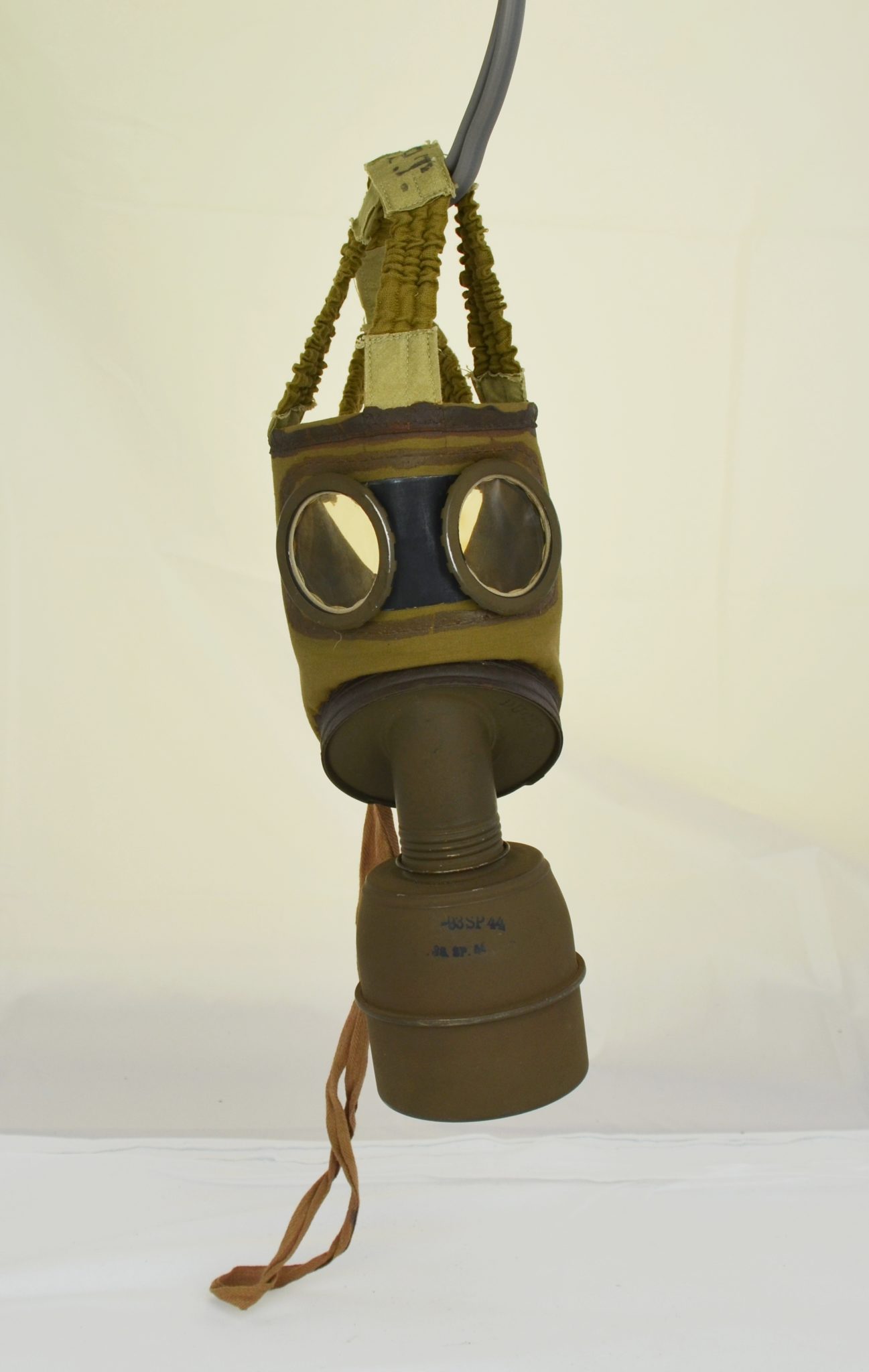

This image shows a typical French front line trench in 1916. On parts of the British front gas blew back on the attacking troops, causing more casualties to British units than the enemy.įrench Front: In The Trenches With The Poilusīy 1916 the French Army was defending nearly two thirds of the Western Front and in many respects of all the combatant nations had reacted mostly quickly to the conditions of trench warfare they were the first to adapt their conspicuous uniforms to wartime conditions with the implementation of Bleu Horizon, the first to introduce steel helmets with the Adrian helmet and during the winter of 1914/15 widely introduced trench weapons and hand grenades.

The gas used as Loos meant that British soldiers had to go over in their gas masks – at this stage the P Helmet, a hood like device seen being worn in this image. Regimental pipers in Scottish regiments played a key role in keeping the morale of the men up as they went into battle and Piper Daniel Laidlaw of the King’s Own Scottish Borderers was awarded a Victoria Cross at Loos for bravery as a piper. Loos was very much a Scottish battle with some of the first wartime volunteers from the 9th (Scottish) and 15th (Scottish) Division taking part. This image from a contemporary magazine shows Scottish troops being piped into action as they go Over The Top at Loos on the first day of the battle. gas masks produced in Poland.The Battle of Loos, which took place 97 years ago today, was the first time the British Army used poison gas on the Western Front: to spearhead an attack on the lines that was a joint effort with the French Army who were also attacking simultaneously at Vimy Ridge and in the Champagne. ARS gas masks have been replaced over time by licensed in France R.S.C. The Blue Army was transported in 1919 with all equipment to the territory of the newly created Poland. Instructions for using the mask can be found on the inside of the can's lid.ĪRS gas masks are included in the so-called General Haller's Blue Army, which was equipped with French equipment. These carrying cans would protect the mask from shocks and water to a great degree. The ARS was carried in a metal can, similar to those used by the Germans. Throughout the rest of the war, there would be many chemical updates to the absorbents in order to increase efficacy. The first layer consists of charcoal and soda ash, the second layer is made entirely of charcoal, and the third layer is a series of impregnated gauze pads. Within, there are three layers of absorbent. The canister, as stated earlier, has a 42mm threading. (taille ordinaire) and large, marked G.T. The facepiece came in three sizes, small, marked P.T (petite taille). The nape strap is disconnected from the rest of the head harness as it is on the M2, A.N.P. Those of wartime examples are identical to that of the M2 and made from cotton elastic while postwar examples the sport coil spring head harness used on the A.N.P. The head harness is a seven-point design. The exhaled air then passes through a tube leading outside of the mask. Exhaled air passes through a hole in the center of the assembly, the other side of which resides the exhale valve. Air passes through this assembly into the aforementioned Tissot deflectors. Picture from Guerre des Gaz.Īt the mouth of the mask is the inlet/outlet assembly. All seams on the facepiece are reinforced and made airtight with rubber cement and the peripheral seal is made from a roll of the facepiece's fabric sewn in place.Ī diagram of the ARS' inlet/outlet assembly. Within the facepiece is a set of Tissot deflectors made from rubberized cloth. The lenses themselves could be made of either celluloid or glass. To support the lenses, a rubber rectangle is sewn into the faceblank. The faceblank is made from a layer of rubberized cloth backed with a sheet of cloth boiled in linseed oil. It would continue to see service in the French army even after the First World War with over 5,270,000 examples being produced. In January 1917, the upgraded MCG was adopted as the ARS, but issues with supplying made it so that the mask started to be delivered to the army only in February 1918.

Also added to the MCG was the same head harness as that on the M2. Because of fogging and the inability of the mask to resist tear gas, the MCG was updated to include Tissot deflectors and a backing of cloth boiled in linseed oil. Originally the prototype that would become the ARS, known as the MCG, had a faceblank made from a layer of rubberized cloth and no Tissot deflectors. In 1916, the French military began experimenting with copying and upgrading the GM15.


 0 kommentar(er)
0 kommentar(er)
